
The Hidden Power of Common Blue Violet (Viola sororia) and Its Homemade Uses

Both the leaves and flowers of the Common Blue Violet are not only edible—they’re deeply medicinal. This gentle, nutrient-rich plant can be used fresh or dried, brewed into tea, infused into oils, turned into soothing skin remedies, or added to homemade culinary creations. Safe when used properly and incredibly versatile, violet has been valued for centuries in traditional herbal practices.
Below is a complete guide to its natural benefits and practical ways to use it at home.
🌿 The Healing Power of Common Blue Violet (Viola sororia)
1. Packed With Vitamins A & C
Leaves are rich in vitamin A for skin and immunity, while the flowers offer vitamin C for added immune support.
2. Natural Anti-Inflammatory
Helps calm internal and external inflammation, whether from irritated skin or swollen tissues.
3. Supports Healthy Lymph Flow
Traditionally used to promote lymphatic drainage and help the body clear waste.
4. Gentle Respiratory Relief
Violet tea acts as a mild expectorant—soothing coughs, easing throat irritation, and comforting the bronchi.
5. Digestive Soother
Its mucilage coats and calms the digestive tract, offering relief from irritation.
6. Skin-Healing Herb
Perfect for dryness, redness, rashes, irritation, or minor wounds when used as an oil or poultice.
7. Mild Natural Pain Relief
Helps ease headaches, muscle soreness, and minor discomfort.
8. Sleep & Relaxation Support
Its calming properties promote gentle relaxation before bedtime.
9. Light Antimicrobial Effects
Traditionally used to support overall wellness and natural defense.
10. Nutritious Edible Plant
Leaves and flowers add minerals, antioxidants, and mild flavor to meals.
🌼 How to Use Common Blue Violet at Home
1. Violet Tea
For immunity, digestion, and cough relief
-
1 tbsp dried leaves or flowers
-
1 cup hot water
Steep 10–15 minutes. Drink warm.
2. Violet-Infused Oil
For dry, irritated, or sensitive skin
-
Fill a jar halfway with leaves/flowers
-
Cover with olive, almond, or jojoba oil
-
Infuse 3–4 weeks
Use on dry skin, rashes, or blend into balms.
3. Violet Salve
For minor irritation, cracked skin, bug bites
Melt 1 tbsp beeswax with 4 tbsp infused oil. Pour and cool.
4. Violet Syrup
For coughs and throat comfort
Simmer 1 cup flowers in 1 cup water. Strain. Add equal sugar/honey. Refrigerate.
5. Fresh Leaf Poultice
Crush fresh leaves and apply to irritated skin for 20–30 minutes.
6. Violet Honey
Infuse fresh flowers in honey for 2+ weeks. Use for sore throats.
7. Violet Powder
Dry and grind leaves. Add to smoothies, soups, or capsules.
8. Culinary Uses
-
Add young leaves to salads
-
Use flowers as edible garnish
-
Blend leaves into sauces
-
Add to soups and stews
🌱 Conclusion
Common Blue Violet is far more than a simple lawn flower—it’s a gentle, nutrient-dense, and powerful plant with a long history of therapeutic use. Whether brewed as tea, applied to the skin, or added to meals, this violet offers natural support for immunity, digestion, skin health, and overall wellness.
⚠️ Disclaimer
Common Blue Violet is generally safe, but use in moderation. Avoid if you have allergies to plants in the Violaceae family. This information is for educational purposes only and not medical advice.
News in the same category

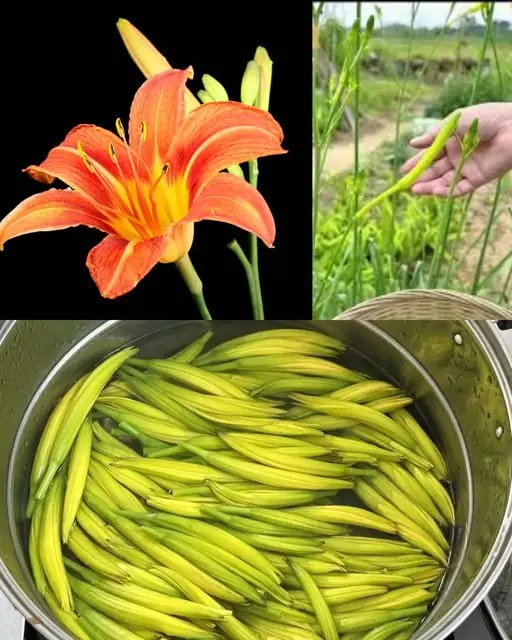
You Thought This Flower Was Just Decorative – Think Again…

Why You Should Embrace Purslane in Your Garden: 8 Compelling Reasons
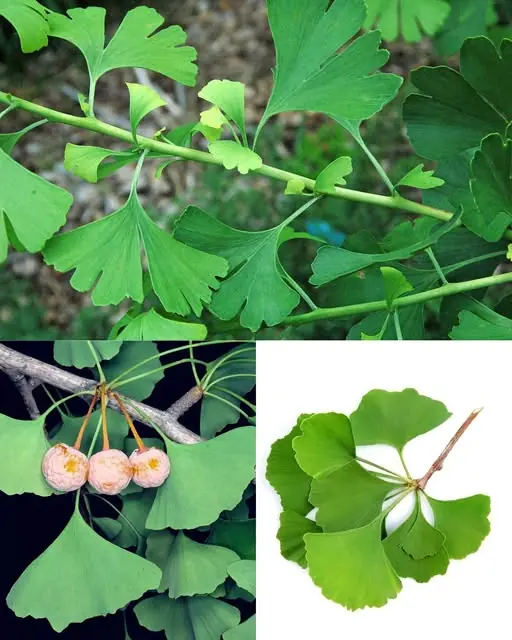
Ginkgo Biloba: Ancient Leaf, Modern Power — Health, Medical & Homemade Benefits

Mullein: Exploring the Benefits of Leaves, Flowers, and Roots

The Versatility and Benefits of Orange Peel Powder

The Hidden Power of the Honey Locust Tree (Gleditsia triacanthos): Health, Healing, and Everyday Uses

Leaf of Life – The Healing Plant Growing in Your Backyard (And You Had No Idea!)
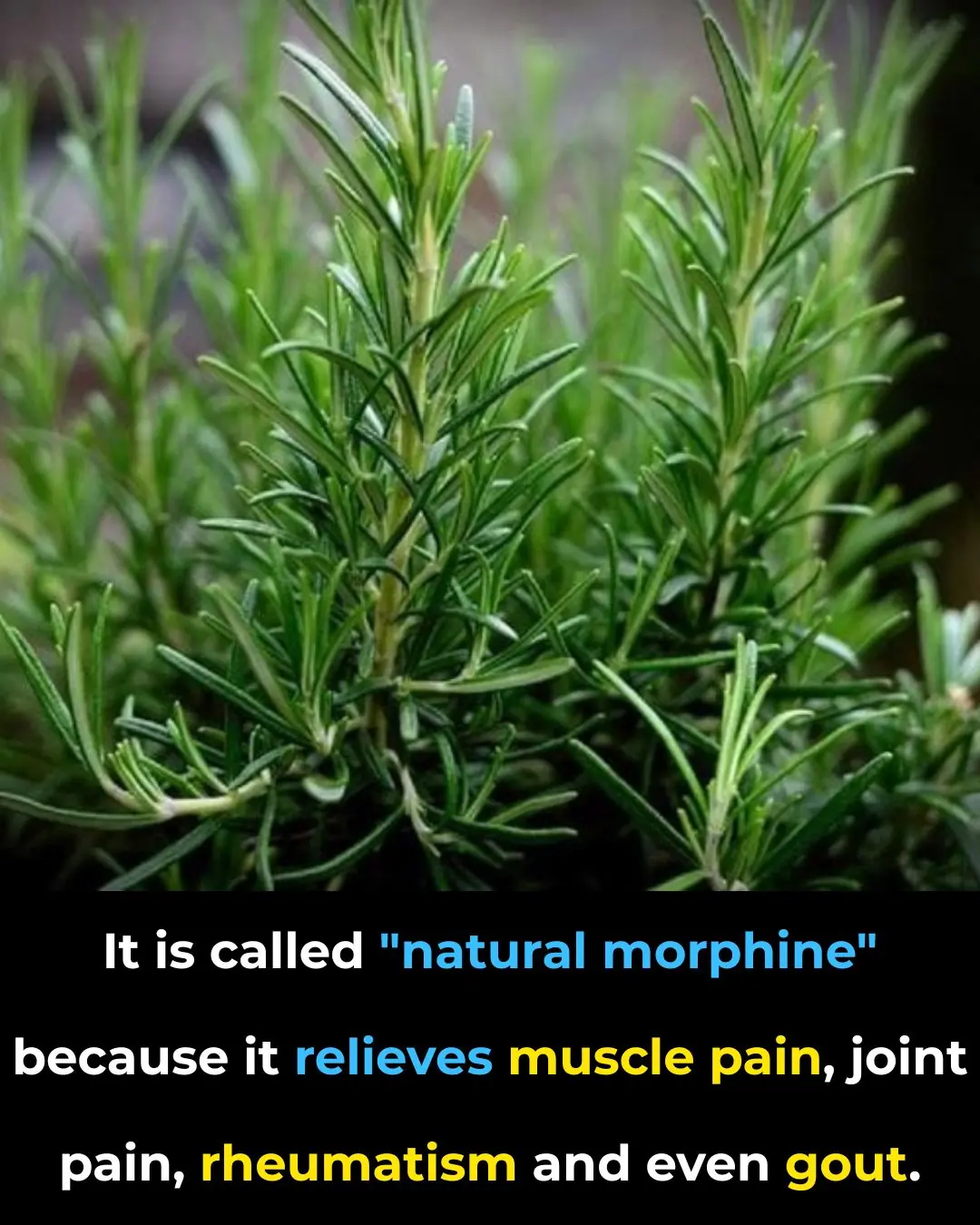
Benefits of this plant for the elderly: a natural ally for healthy aging

🌿 Natural Colon Cleanse: Myths, Facts, and Healthy Ways to Support Digestive Health
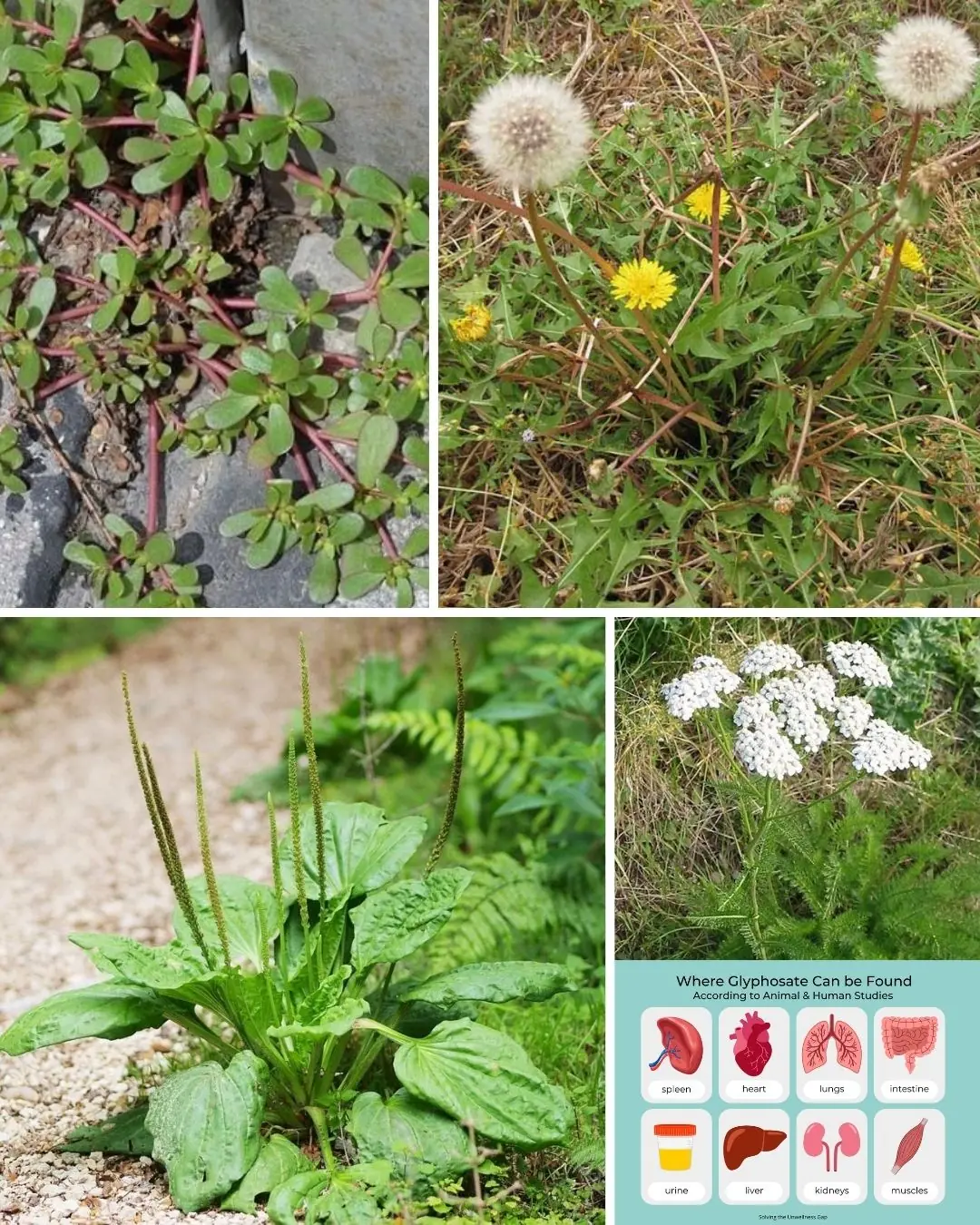
Weeds or Wonders? Discover the Hidden Treasures in These 4 Common Plants

The Hidden Power of Pine Nuts: Benefits, Nutritional Strength, and How to Use Them

10 Secrets You Need to Know Before Eating Okra

The Hidden Healing of Fig Leaves: Natural Support for Diabetes, Digestion, and More
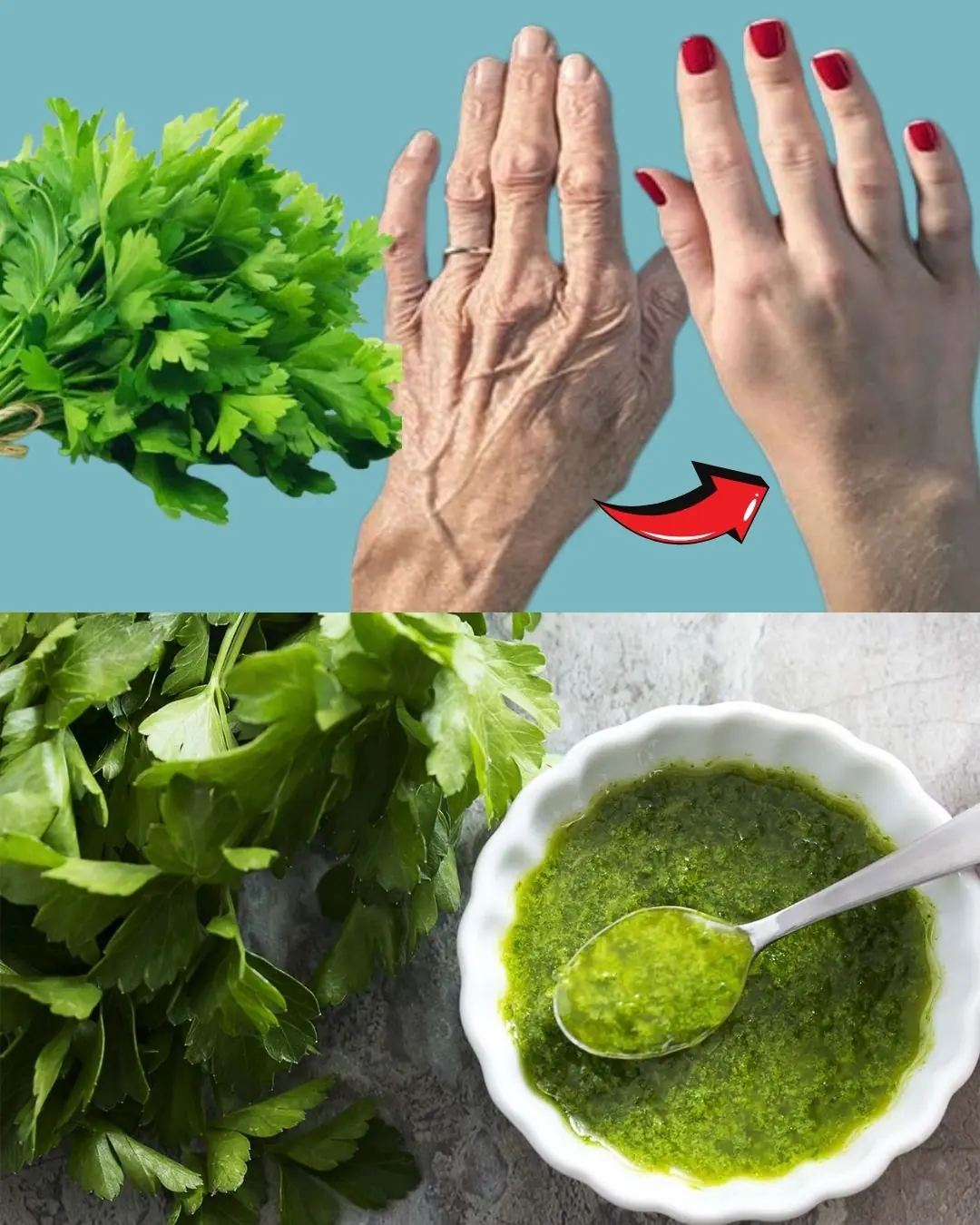
With This Cream, My Grandmother Looked 35 at 65 – The Best Collagen Mask
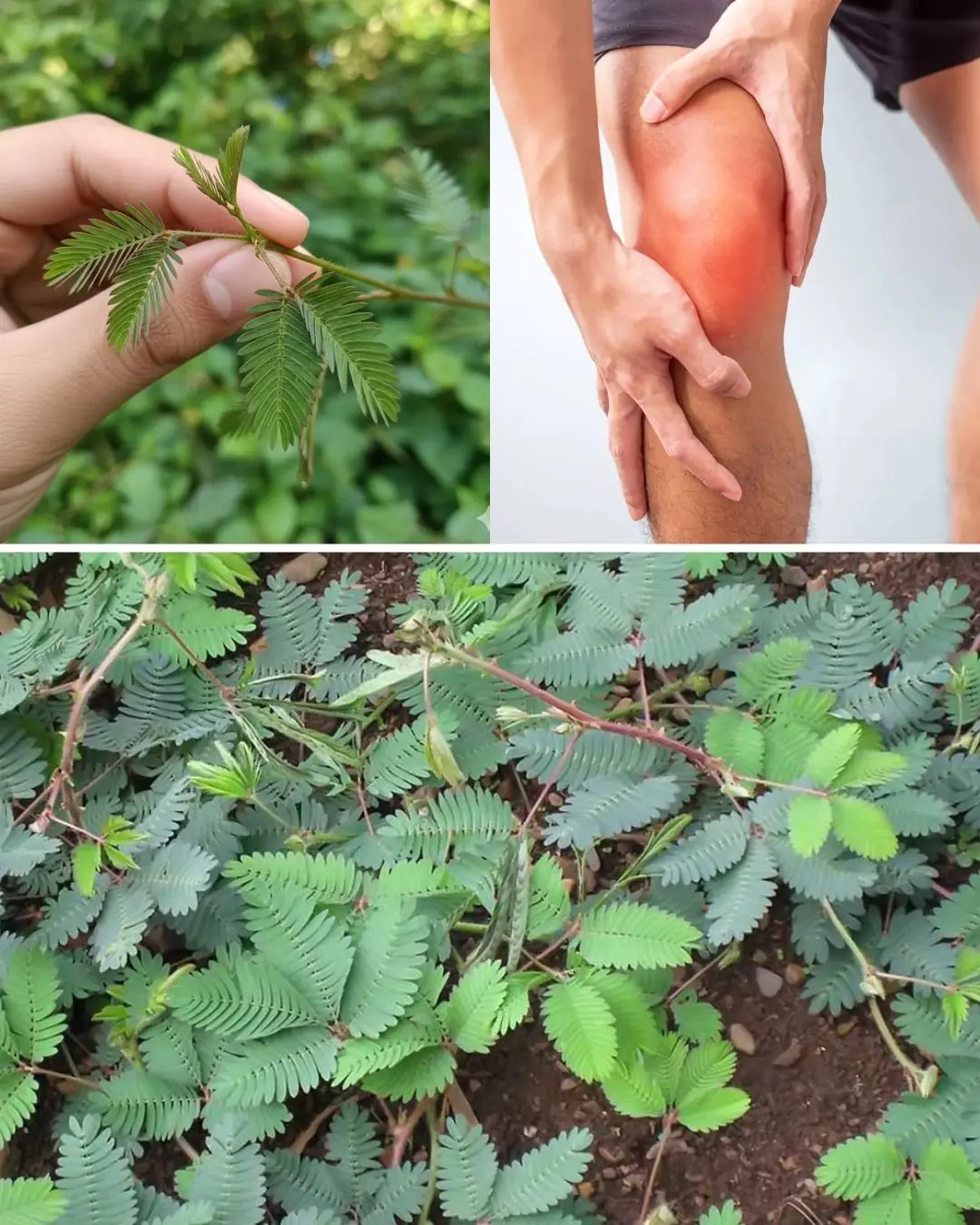
Mimosa Pudica Tea: How to Prepare and Health Benefits

🌿 20 Gentle Benefits of Chewing Clove Daily — The Ancient Spice for Modern Wellness

Put a Bay Leaf in Your Socks: The Surprising Pain-Relief Remedy You Need to Try
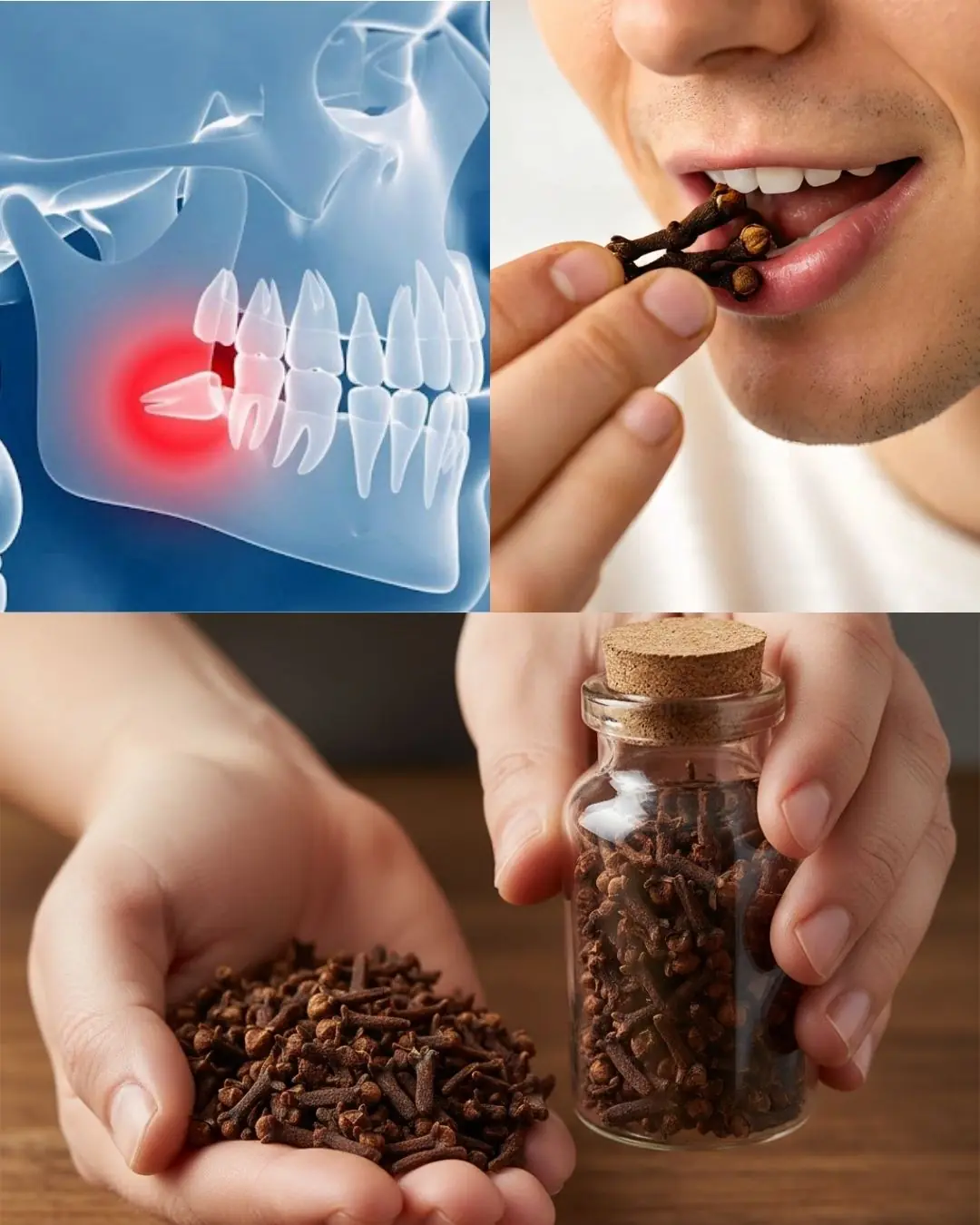
Holding Cloves in Your Mouth: A Natural Way to Relieve Toothache
News Post

Keith Olbermann suggests he dodged a bullet as he gloats over ex-girlfriend Olivia Nuzzi’s latest scandals

What Sydney Sweeney and Tom Cruise talked about during Governor Awards: lip reader

Freddie Slater’s EastEnders exit ‘revealed’ in new spoilers

Spandau Ballet star Tony Hadley admits he’s watching ex-bandmate Martin Kemp on I’m A Celebrity amid long-running rift

Inside I’m A Celebrity star Angry Ginge’s relationship with his dad – ‘massive racist’; court battles; throwing a ‘brick through the window’

Japan's Oldest Doctor: Can’t Sleep Through the Night? Use Garlic This Way for Deep Rest in 3 Nights

Glow From Within: Easy Morning Drink For Radiant Skin

People whose mouths feel dry when sleeping at night need to know these 8 reasons

3 Mineral Waters That Can Help Remove Aluminum From The Brain

Top Signs of Iron Deficiency and How To Increase Iron Levels In Your Blood

BBC Strictly's La Voix forced to pull out of Blackpool week after injury

Coronation Street couple split confirmed as heartbroken Carla tells Lisa 'it's over'

Coronation Street's Tina O'Brien reveals her father has died as she says 'my heart is very heavy'

Reimagining Mall Rooftops in the Philippines: Elevated Tents Offering Safety, Dignity, and a Breath of Calm

Coronation Street's Lucy Fallon shows off huge ring as she announces engagement

MAFS UK's 'strongest' couple split after romantic display at reunion

Inside Shona McGarty’s love life – from romance with two EastEnders co-stars to failed first engagement

I’m A Celebrity star Alex Scott on her ‘violent’ upbringing and impact on relationship with girlfriend Jess Glynne
